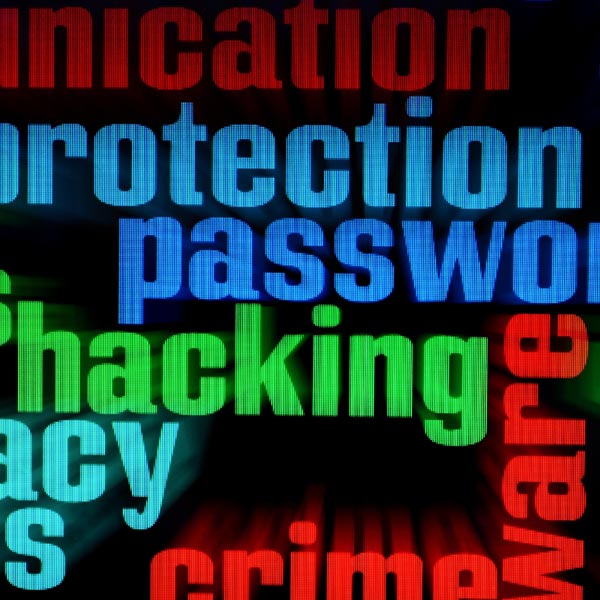When’s the Last Time You Changed Your Passwords?

 In this age of social media, Internet banking, and digital storage, it is important to do what you can to manage your security. Especially in light of the increasing number of data breaches and cyber attacks. These attacks are no longer focusing just on large companies and small businesses but affecting individuals.
In this age of social media, Internet banking, and digital storage, it is important to do what you can to manage your security. Especially in light of the increasing number of data breaches and cyber attacks. These attacks are no longer focusing just on large companies and small businesses but affecting individuals.
According to the Pew Research Center, 64 percent of Americans have experienced some type of major data breach. The reality is that many Americans view cyber attacks as part of life. Still, research shows that most of us are failing to follow basic cybersecurity best practices in our daily lives, both personal and business.
Let’s take a look at how to choose a strong password and some of the best practices to implement for your cybersecurity.
Choosing a Password
When choosing a password, it’s important to select one that is not easy to guess. It doesn’t have to be long to be effective. Just remember that hackers can use programs to combine information about you to guess your passwords. Therefore, don’t use personal information, such as dates, addresses or names.
Simple phrases or words should also be avoided. Add random symbols, numbers and letters to make a unique password. Be sure that it is something you can remember.
Why is Changing Your Passwords Important?
One of the main reasons is that changing your passwords can limit multiple account breaches. Changing your passwords to something unique for every account means that if someone guesses one of your passwords, they will not be able to hack all of your accounts.
Some hackers prefer not to take information all at once. Often, they will continue to access and monitor your accounts, perhaps even stealing more information. Changing your password regularly will limit a hacker’s ability to continue to access your accounts.
Additionally, if you ever get rid of a computer with saved passwords on it, regularly changing your password will make those passwords invalid.
How Frequently Should You Change Them?
While some security experts recommend every few months, some might recommend changing your passwords even more frequently, especially for banking and credit accounts. If a breach is reported, you should change your password immediately.
Some companies make it mandatory for employees to regularly change their passwords after a designated time period, for instance, between 30 and 180 days.
Additionally, consider using two-factor authentication, a two-step verification that provides an extra layer of security, especially for email accounts.
What Security Options are Available?
It can be tempting to create a list of your passwords as every account has to have a unique one or to create slight variations of one basic password. After all, you might think, “I need to be able to remember all of them and I have dozens of accounts.” However, doing this can leave a trail of your passwords, meaning that someone can steal them easily and gain access to your accounts, from banking to email.
How can you reduce the risk? Using a password management software tool, one that stores all your passwords, allowing you to remember just one password that opens the password manager.
Not only do they keep your password, but they can also generate passwords, ones that are strong and then stores them for you. This software can also remind you when it is time to change your password or if one password is too similar to another. Depending on your choice of software, you can even have the option to sync your passwords across your mobile devices and main computer or laptop.
Need Assistance with Your Security?
Using the best practices that we’ve discussed, you can help to protect yourself and your data online.
If you’re concerned about your home or business security, contact us for a consultation to address your online security. We can assist you in finding the right tool to assist you in managing your passwords and security both at home and in your business.
Sagacent Technologies offers technology management and support, including proactive/preventative maintenance, onsite and offsite data back-ups, network and security audits, mobility solutions, disaster planning and emergency business resumption services. The company serves clients of 10 to 150 employees within the Silicon Valley region.

